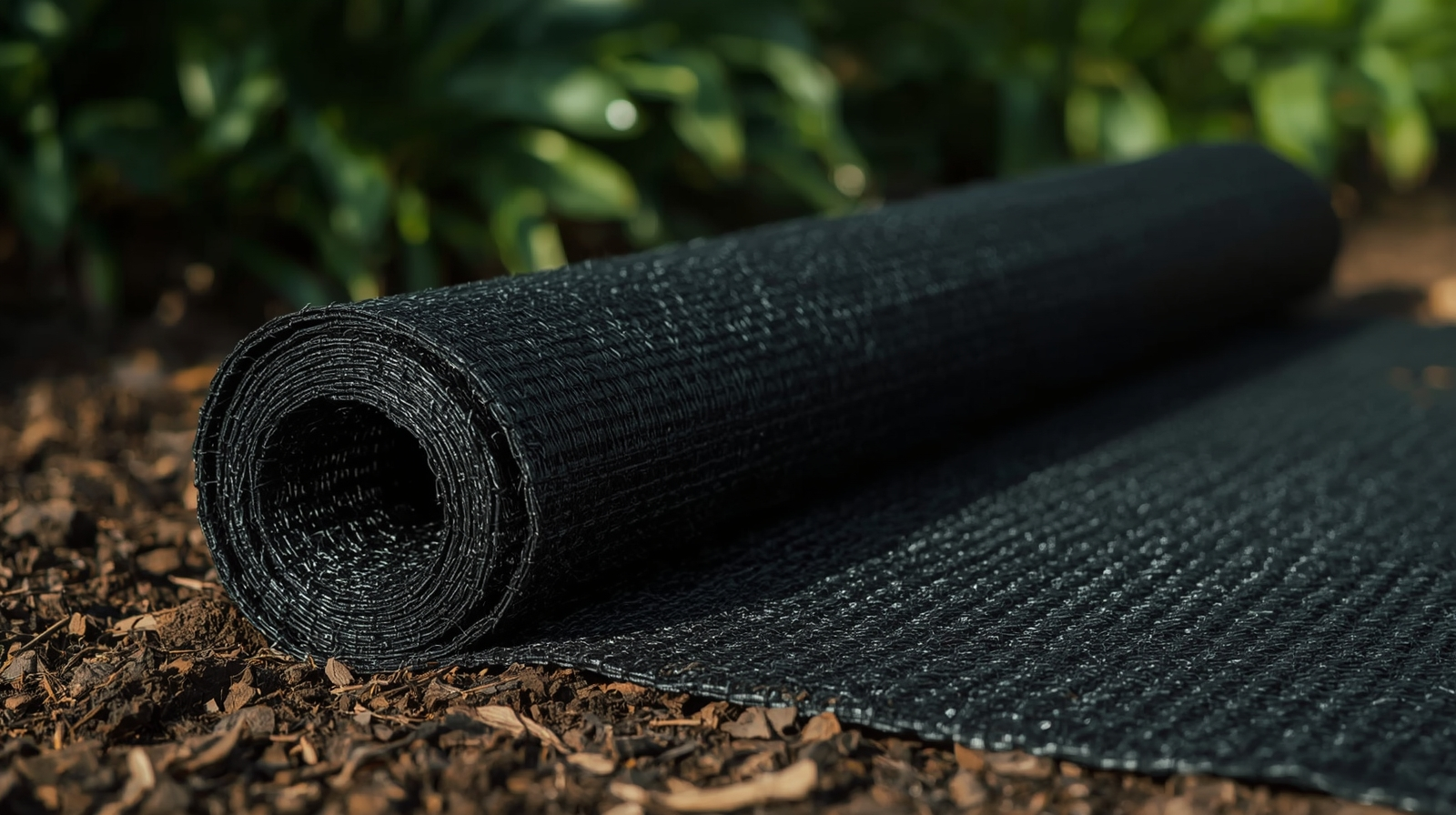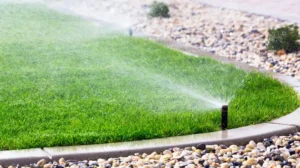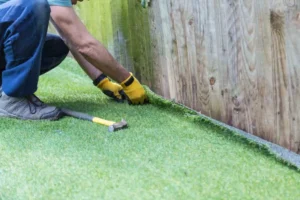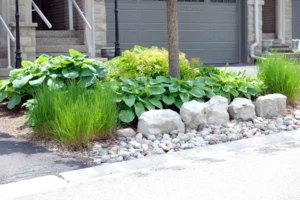Over the years of working in gardens and helping friends build neat yards one lesson always comes back simple preparation makes or breaks the project. When I first used landscape fabric in my own flower beds I did not pay much attention to the way I laid it down. Weeds crept in through the edges and water did not drain well. Later after more trial and error I found that the right approach saves a lot of time. In this guide I will walk you through how to install landscape fabric in a way that keeps weeds under control without harming the soil.
What is Landscape Fabric
Landscape fabric also called weed barrier fabric or weed barrier is a sheet of woven or non woven material placed over the soil to block sunlight and reduce weed growth. Some people call it garden liner or geotextile fabric. It is mostly used under mulch gravel or rocks. It works as a weed control cloth but still allows water to pass through.
Pros and Cons of Landscape Fabric
Using landscape fabric is not a one size fits all solution. The pros are clear fewer weeds less time spent on pulling grass and a cleaner look for beds and pathways. Heavy duty landscape fabric lasts longer under gravel or stone walkways. The cons are worth noting too it can stop organic matter from mixing into soil and sometimes roots struggle if the fabric is not cut properly. That is why some gardeners look into alternatives to landscape fabric such as thick mulch cardboard or natural ground covers.
Tools and Materials Needed

From experience the right tools make the process easy. You will need scissors or a utility knife to cut the fabric. Garden staples or pins are needed for securing edges. A rake helps smooth the soil and a wheelbarrow is handy for mulch or rocks. Remember you must cut holes where plants will go so keep a sharp blade nearby.
Step by Step Installation Guide
-
Prepare the area
Clear weeds and level the soil. This first step decides how well the barrier fabric will perform. -
Measure and cut the fabric
Roll out the sheet and cut it to fit. This is how to cut landscape fabric properly measure twice cut once. -
Lay and secure the fabric
Place the material flat and overlap edges by a few inches. Use staples to secure. This is how to secure landscape fabric so it does not shift. -
Cut planting holes
For each shrub flower or vegetable slice a cross shaped hole. This keeps weeds out but lets roots through. -
Cover with mulch or gravel
Add a layer of mulch stone or gravel on top. If you are working with rocks you now have landscape fabric under rocks or under gravel which is one of the most common uses.
This process is the same if you are asking how to lay weed fabric how to lay weed barrier how to put down weed barrier how to install weed fabric or even how to install a weed barrier. Many people search these terms but the steps stay consistent.
Special Applications
In flower beds I prefer using fabric under mulch. In driveways or paths I switch to heavy duty landscape fabric under gravel. For decorative rock areas you will find landscape fabric under rocks helps stop weeds but still drains water. In vegetable gardens I sometimes avoid it because mistakes to avoid with landscape fabric include trapping soil too tightly.
Choosing the Best Landscape Fabric
There are many options on the market. If you want long life choose a heavy duty landscape fabric. For small gardens simple weed barrier fabric is fine. If you are shopping you will find garden weed barrier rolls of weed barrier fabric and other types. The best landscape fabric for weed control is the one that matches your soil type and project.
Mistakes to Avoid and Alternatives
Common mistakes include not securing the edges letting the fabric overlap poorly or forgetting to cut enough planting holes. Another mistake is using it under shrubs that need organic matter in soil. If you want other choices consider alternatives to landscape fabric such as natural mulch straw or even biodegradable sheets.
Conclusion
From my own use of landscape fabric in gardens and rock beds I can say it is worth the effort if you prepare the area properly. Whether you are using landscape fabric for flower beds gravel driveways or decorative stones the method stays the same. Install it with care cut it well secure it tightly and cover with mulch or rock. Done right it saves you time on weeds and keeps your yard neat for seasons to come.
Professional Landscape Installation
Get expert help with fabric, mulch, rock, and garden bed installation in Whittier for a weed-free, beautiful yard.
FAQs related to Landscape Fabric
Q1: Does landscape fabric really work?
Yes, landscape fabric works when installed correctly and used for the right type of project. It helps block weeds while still allowing water to pass through.
Q2: Should I put landscape fabric under mulch or gravel?
Yes, using landscape fabric under mulch or gravel helps reduce weeds and keeps your garden beds or pathways neat and low-maintenance.
Q3: How long does landscape fabric last?
The lifespan depends on the type. Heavy-duty sheets can last for many years under gravel, while lighter fabrics may only last a few seasons.
Q4: Is landscape fabric good for flower beds?
Yes, landscape fabric for flower beds works well, but it’s important to enrich the soil before placing it so plants get proper nutrients.






